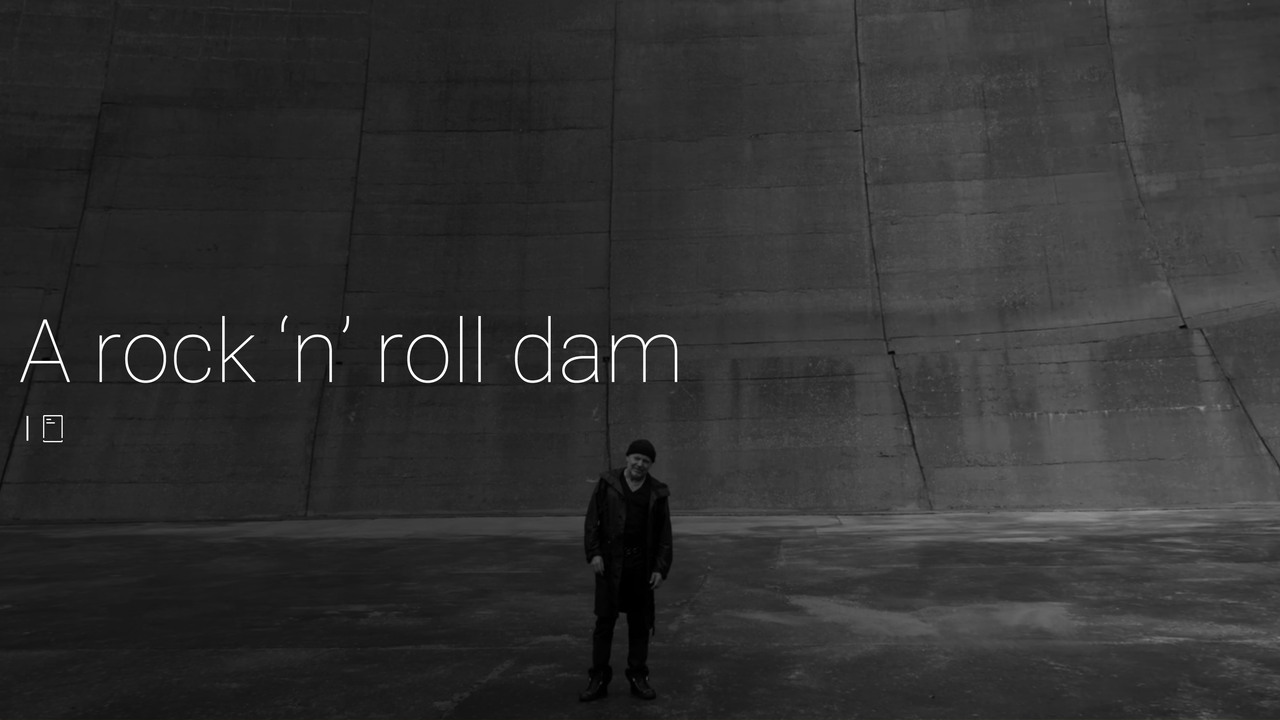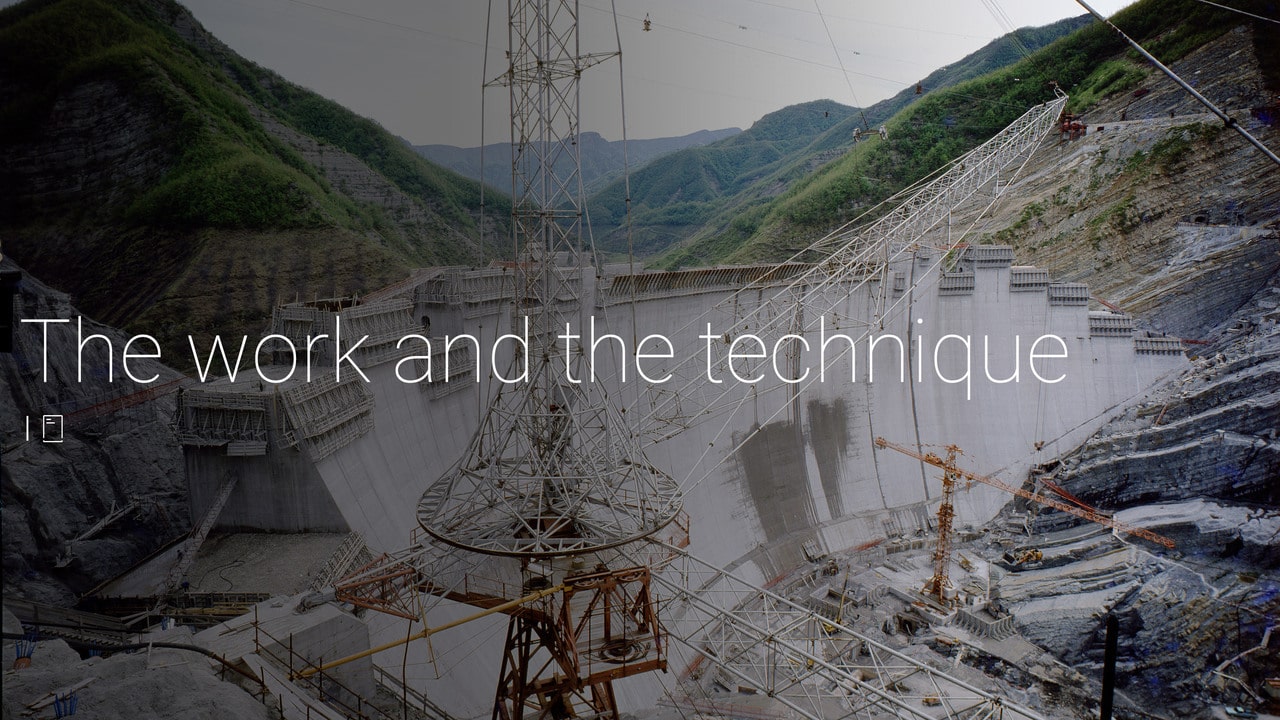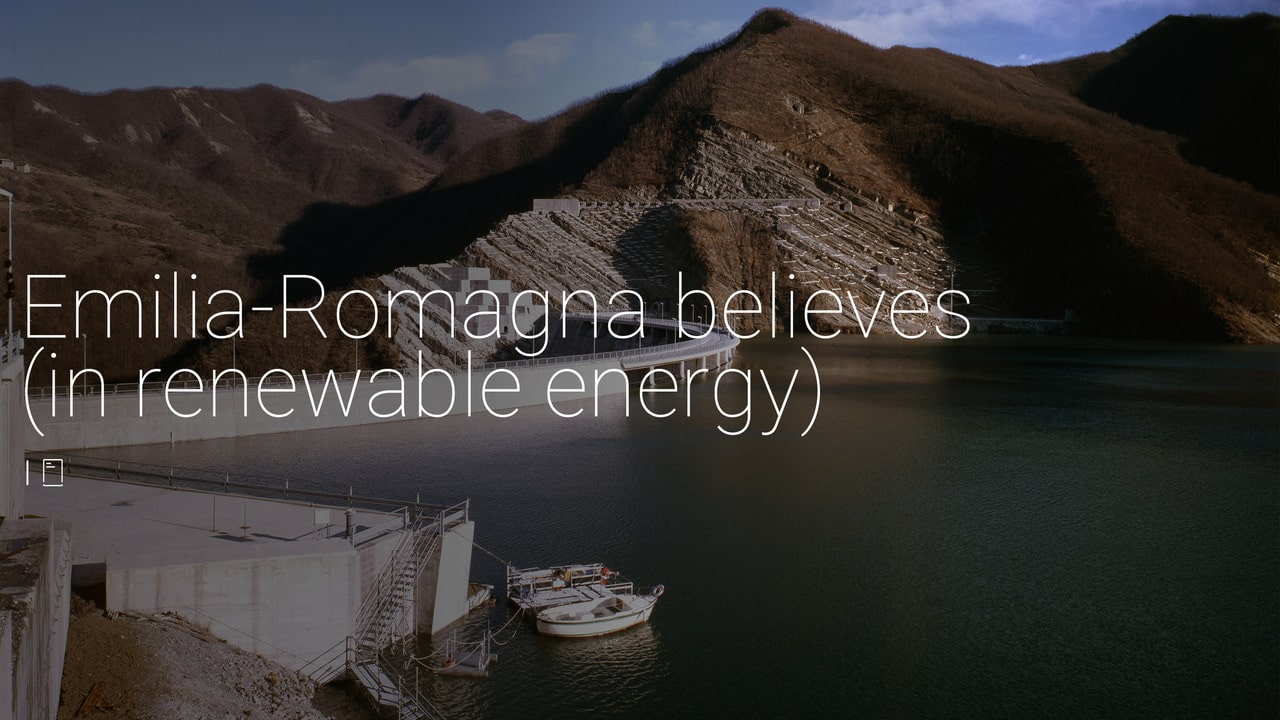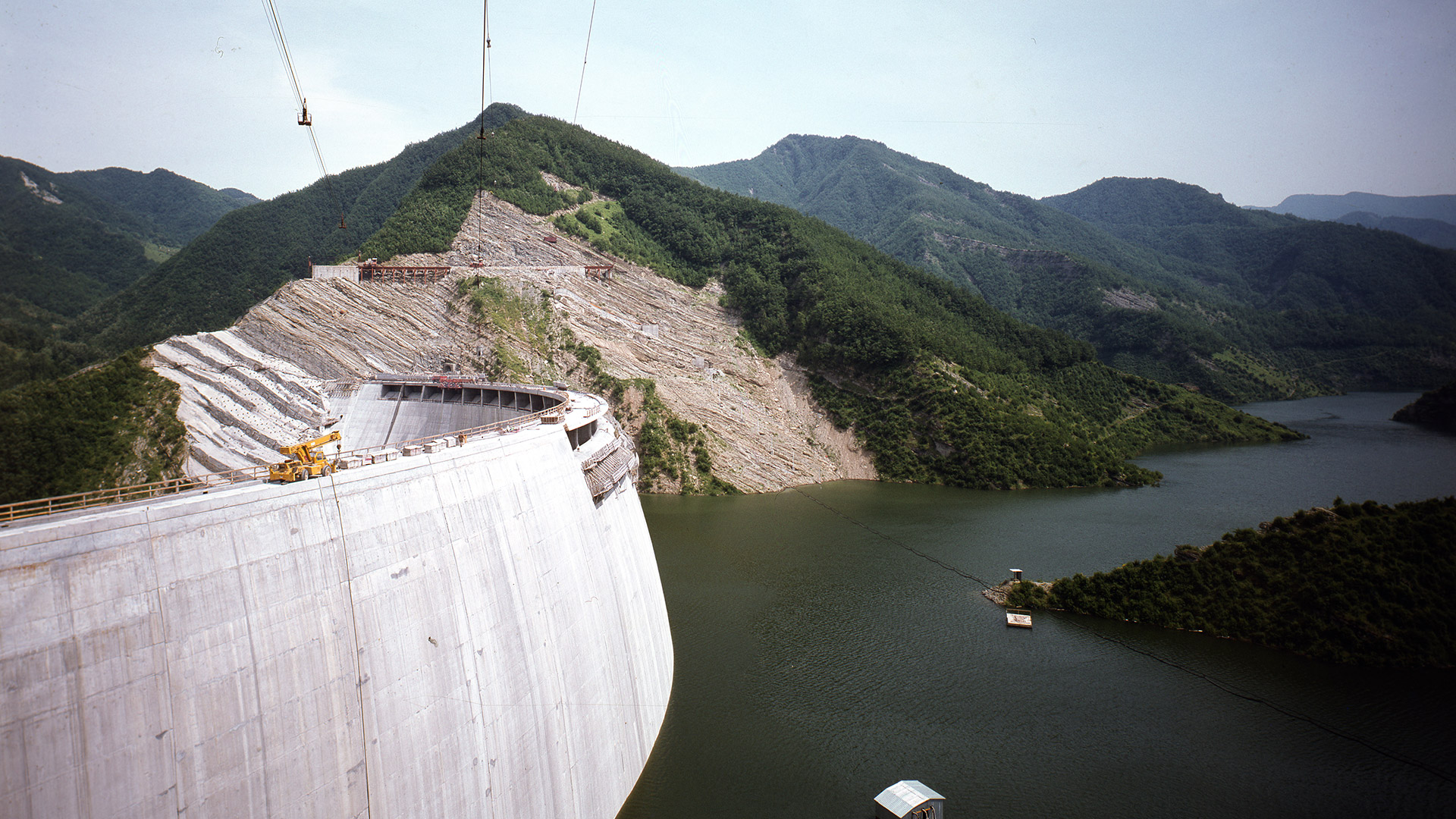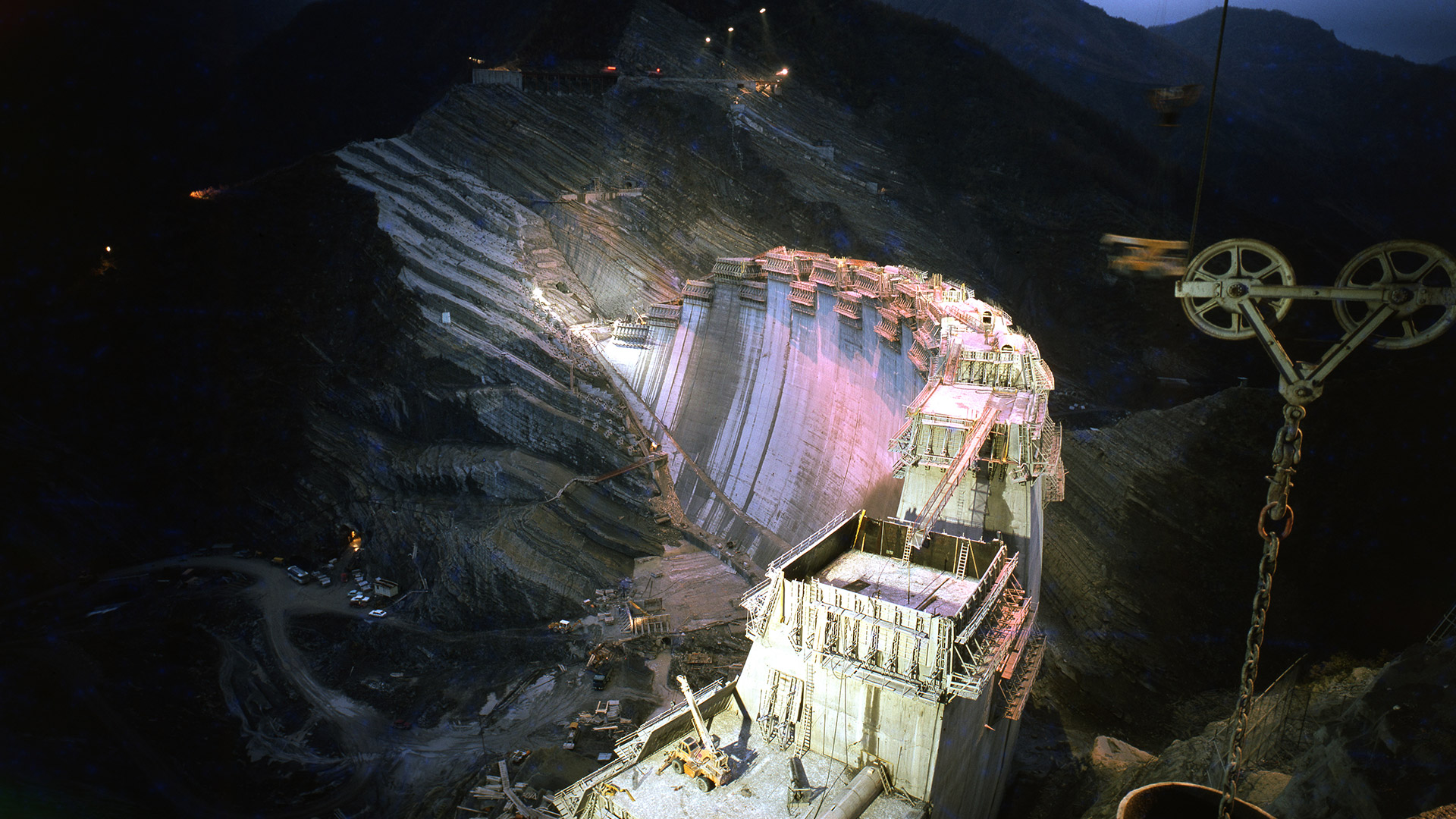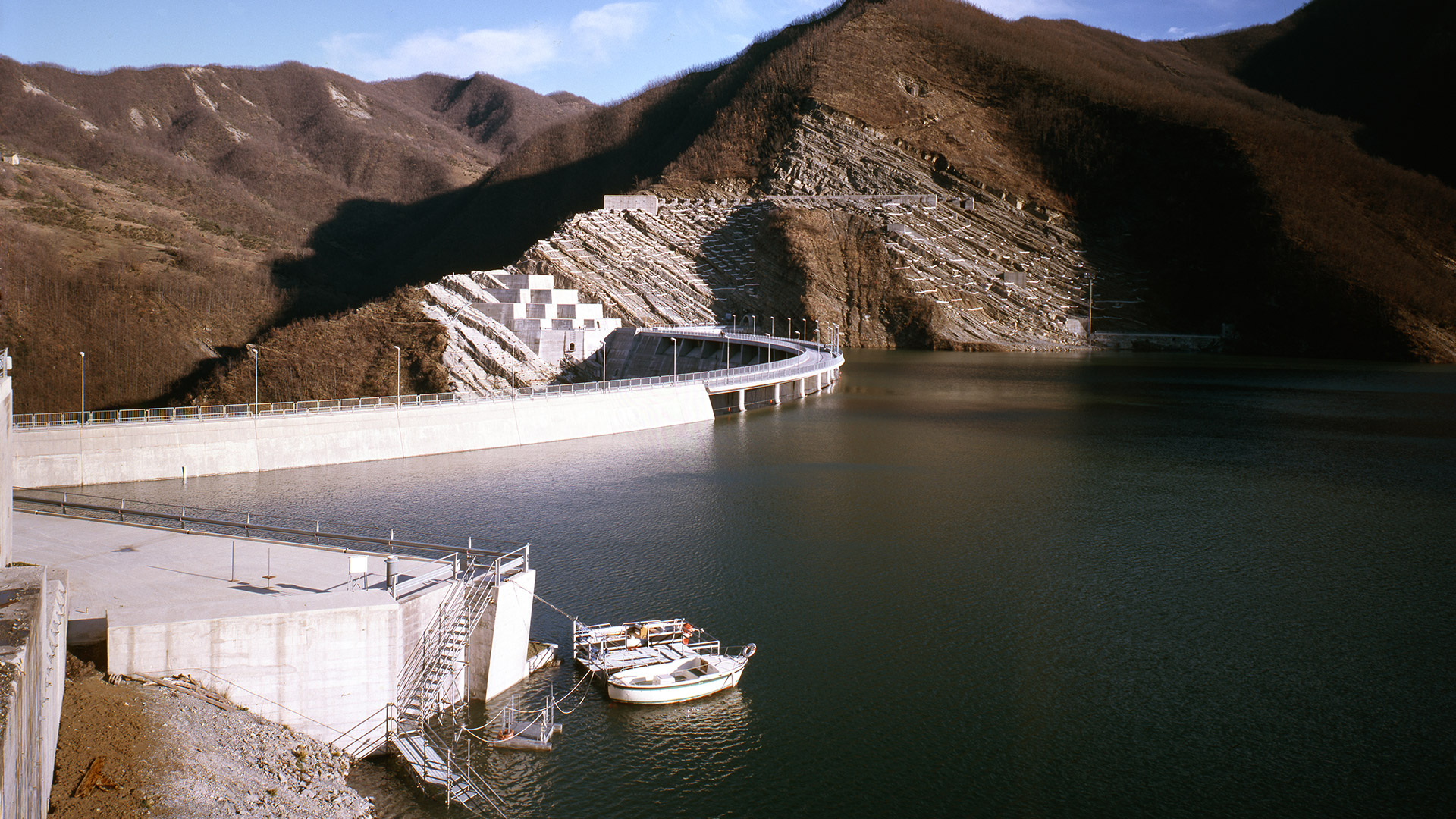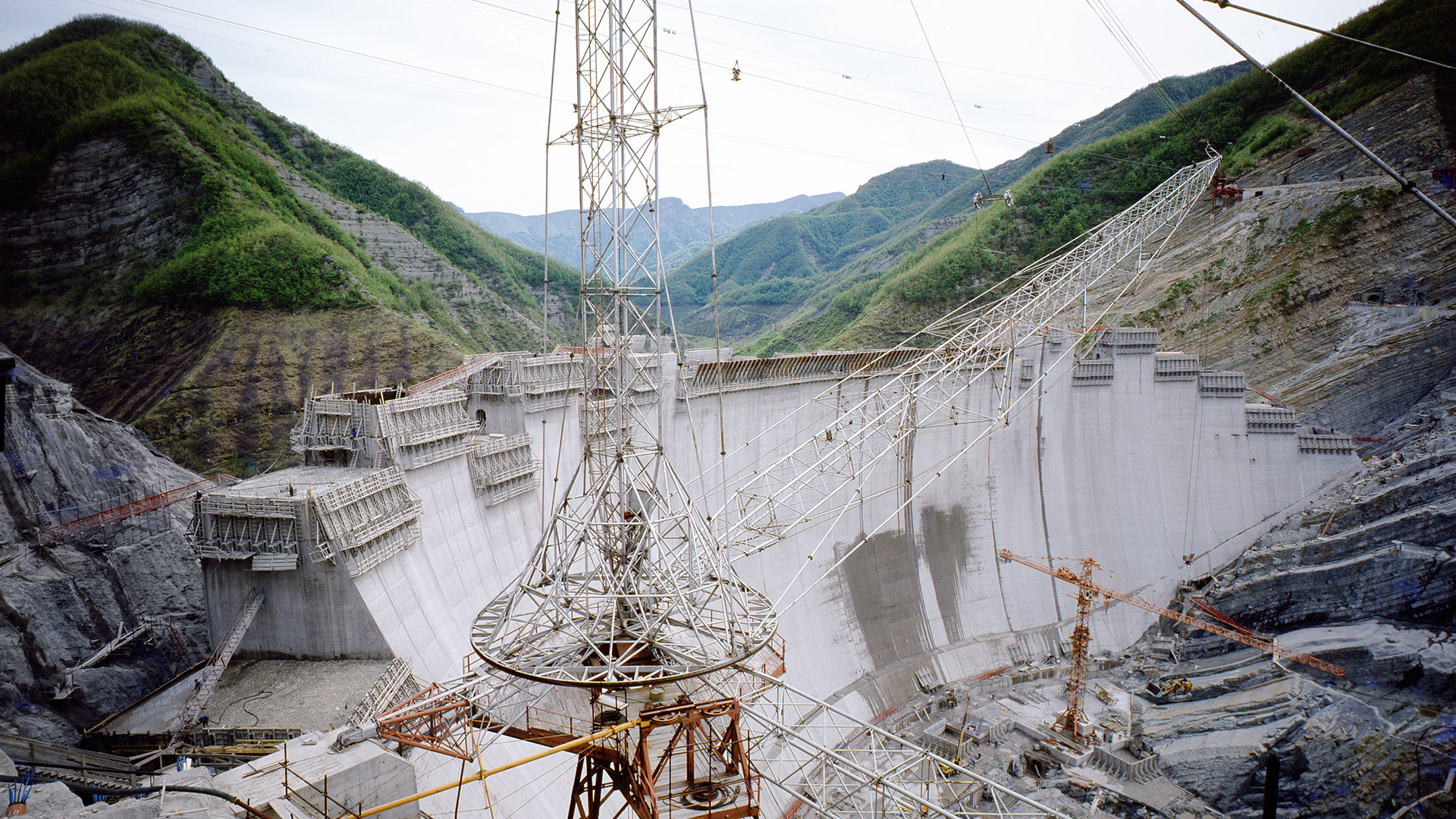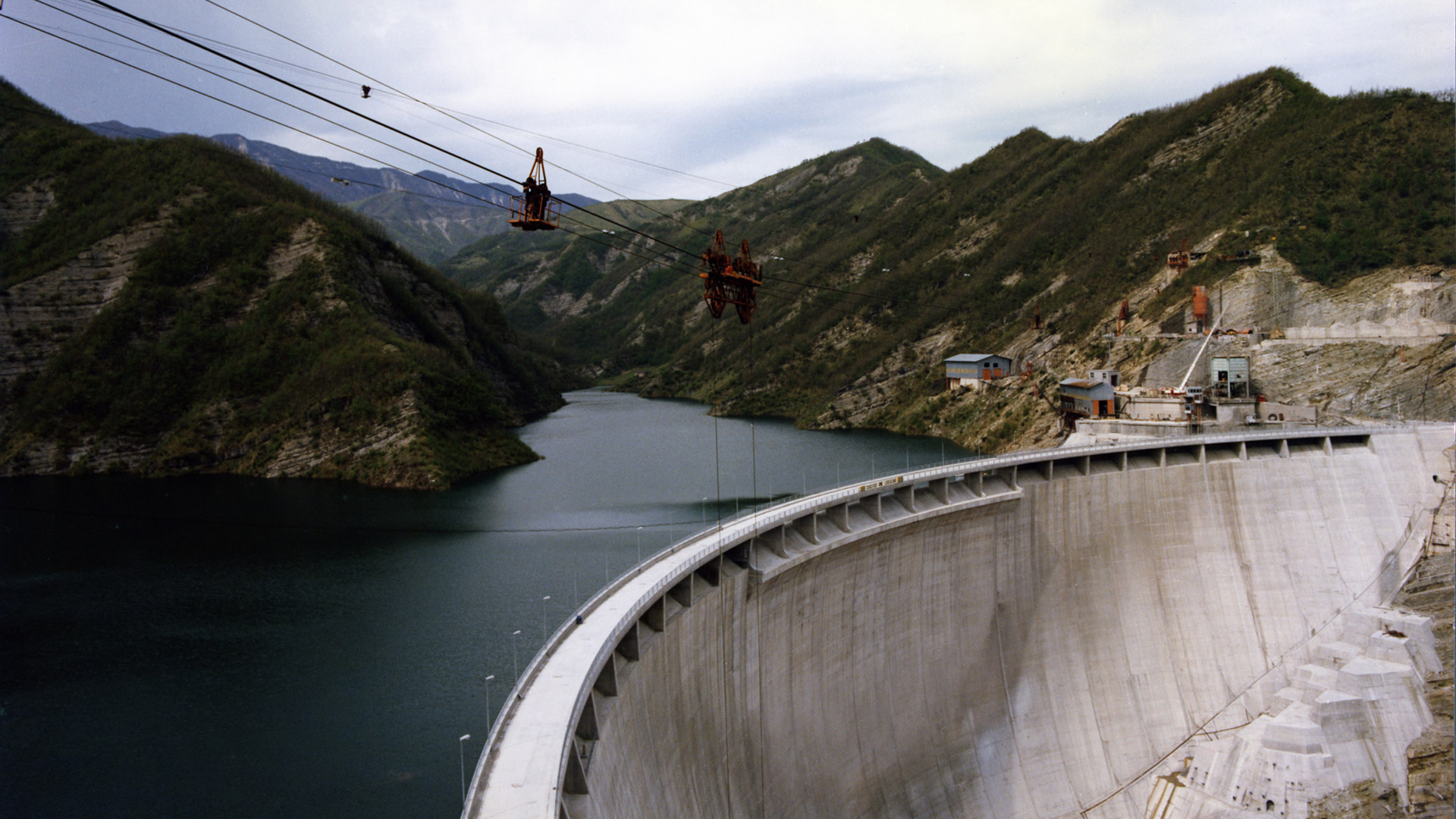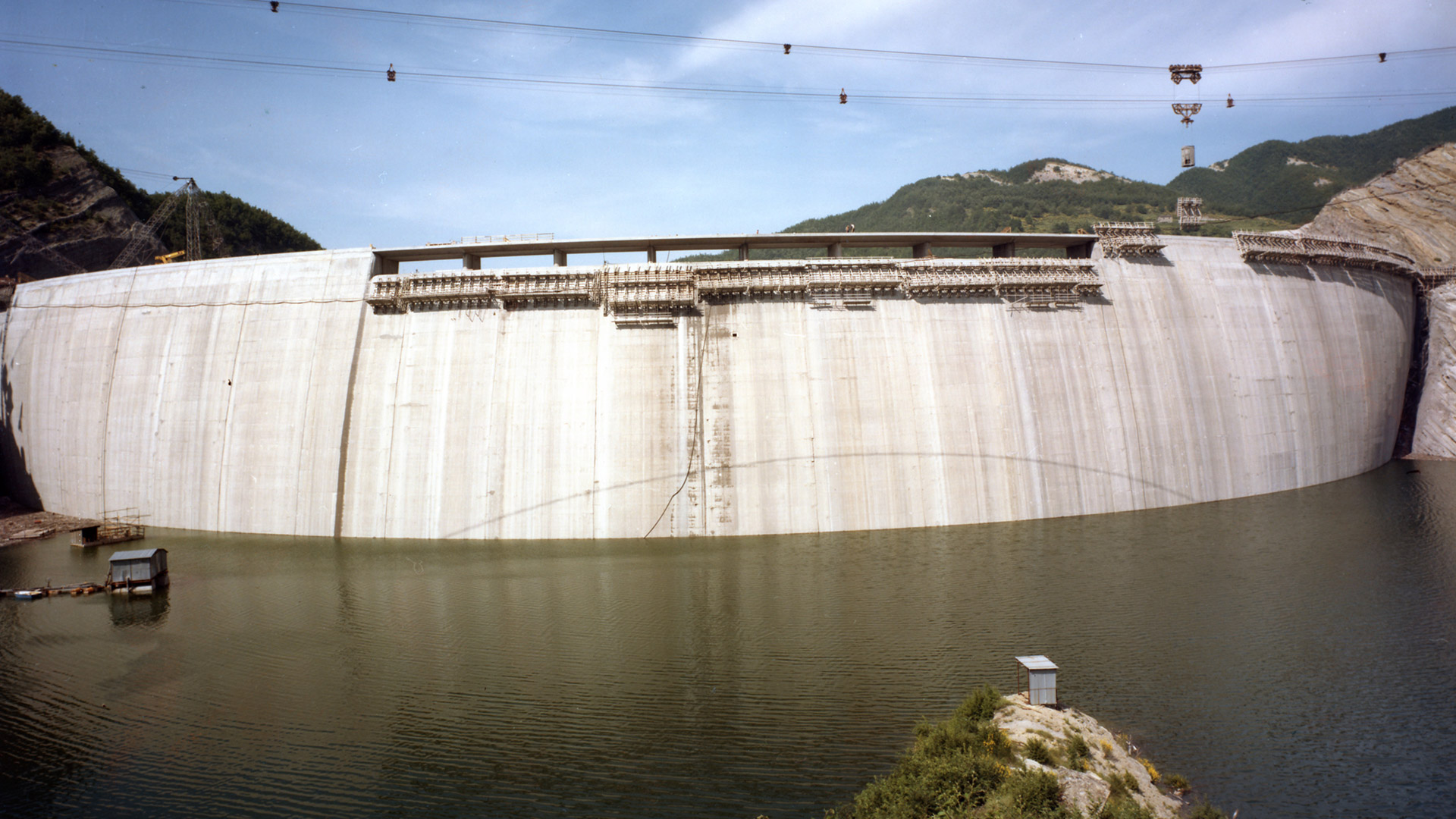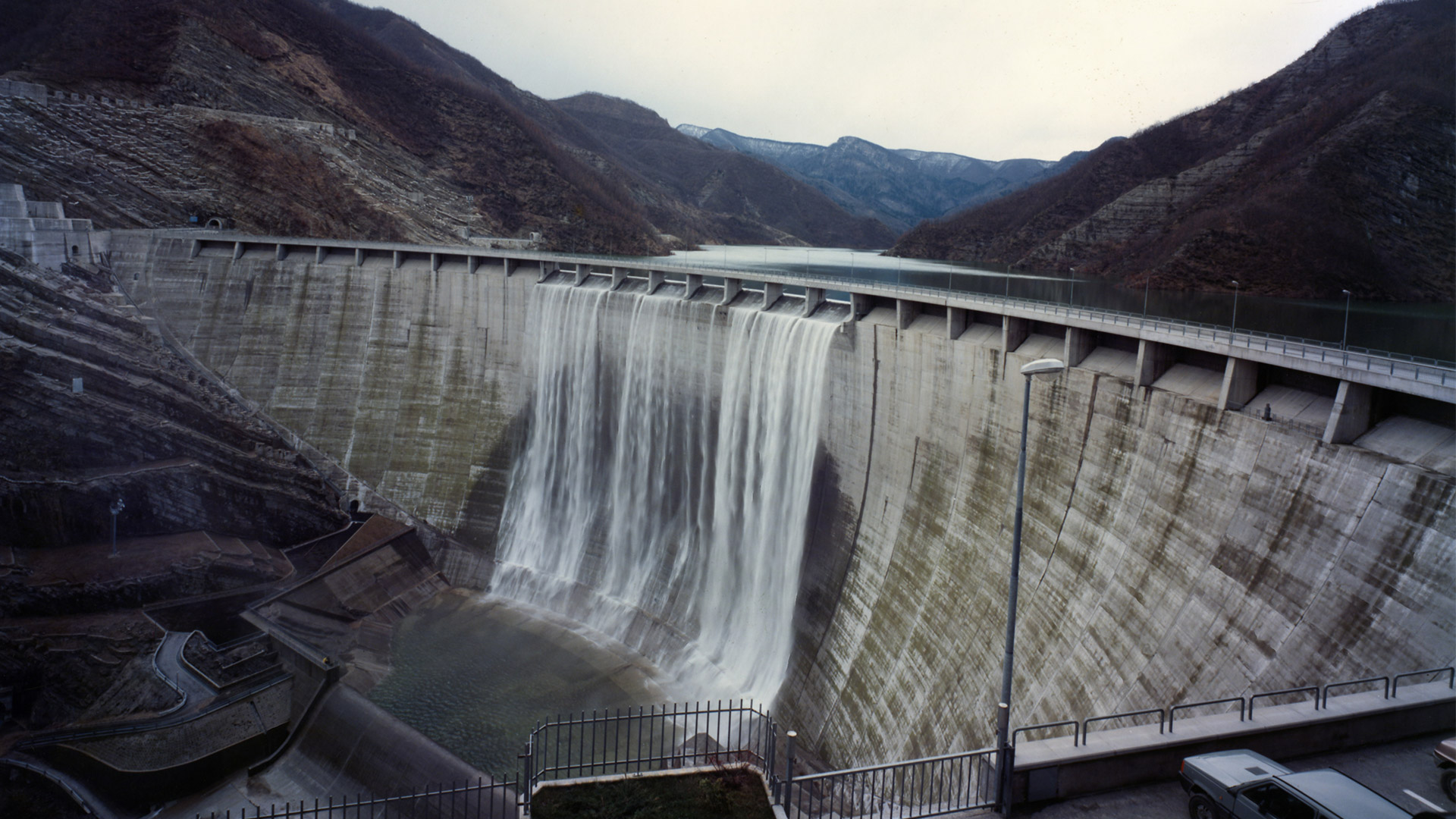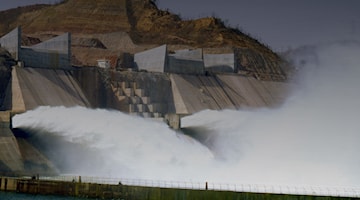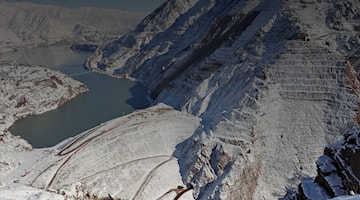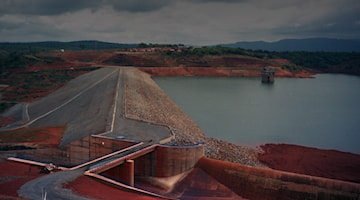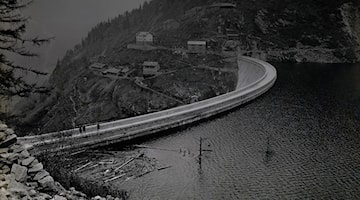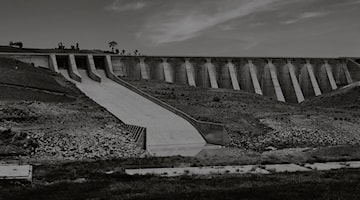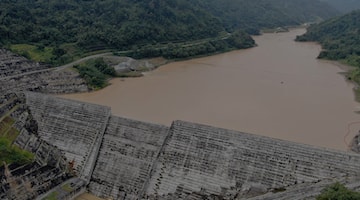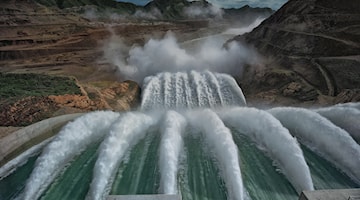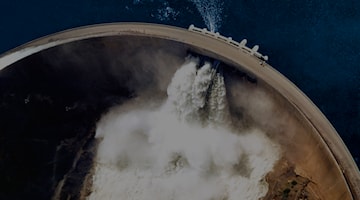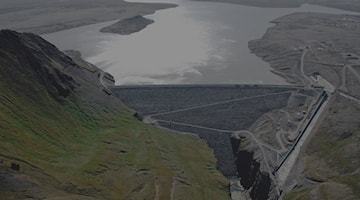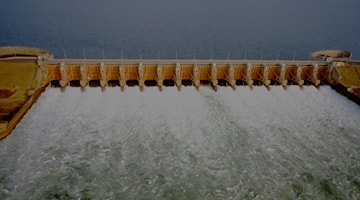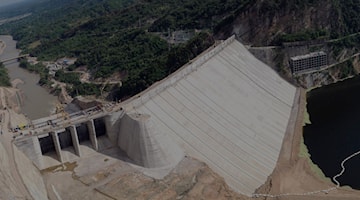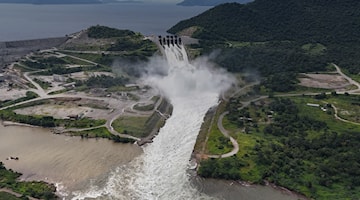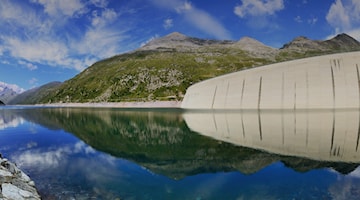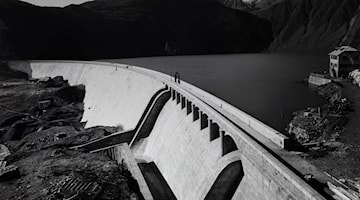Water for a million people!
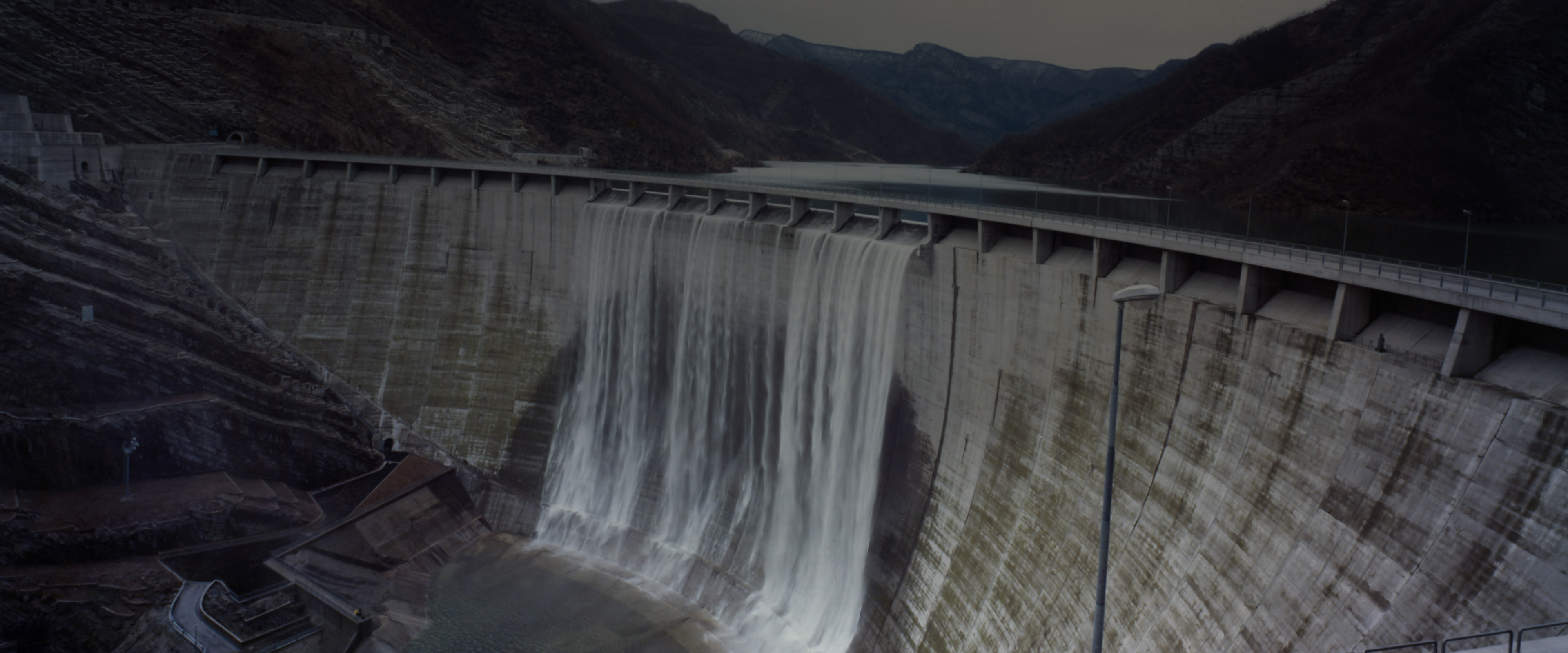
RIDRACOLI DAM, ITALY
Despite its name, Bagno di Romagna (literally ‘Bath of Romagna’) is actually a few dozen kilometres from the sea, as far from it as Arezzo or Florence. Perched in prime position at around 500 metres a.s.l. in the province of Forlì-Cesena, on the slopes of the Romagna Apennines, this small town with a population of just over 5,500 is named for its hot springs, which naturally emerge from the ground at a balmy 45 degrees and were already popular as far back as ancient Roman times. The area has been inhabited since the Bronze Age, with a series of settlers including the Umbrians, the Romans, and even the Goths.
All manner of illustrious historical figures have bathed in its healing waters, including Lorenzo the Magnificent’s sons and famed sculptor Benvenuto Cellini. And even to this day, water remains - as ever - behind the fortunes of this enchanting medieval town, ensconced in the National Park of the Casentino Forests. Indeed, between 1975 and 1982, it was the site of one of the most incredible and innovative civil engineering projects carried out in Italy up to that time: the Ridracoli Dam. With its artificial dam located on the Bidente River and the Rio Celluzze in Ridracoli, an area of Bagno di Romagna, the reservoir boasts a capacity of 33 million cubic metres, enough to provide drinking water to around a million people living in 43 municipalities in the provinces of Forlì-Cesena and Ravenna. An unmatched blend of nature, engineering and environmental sustainability, this artificial lake is also a popular tourist destination, where visitors can enjoy activities such as canoeing, motorboating and recreational fishing.
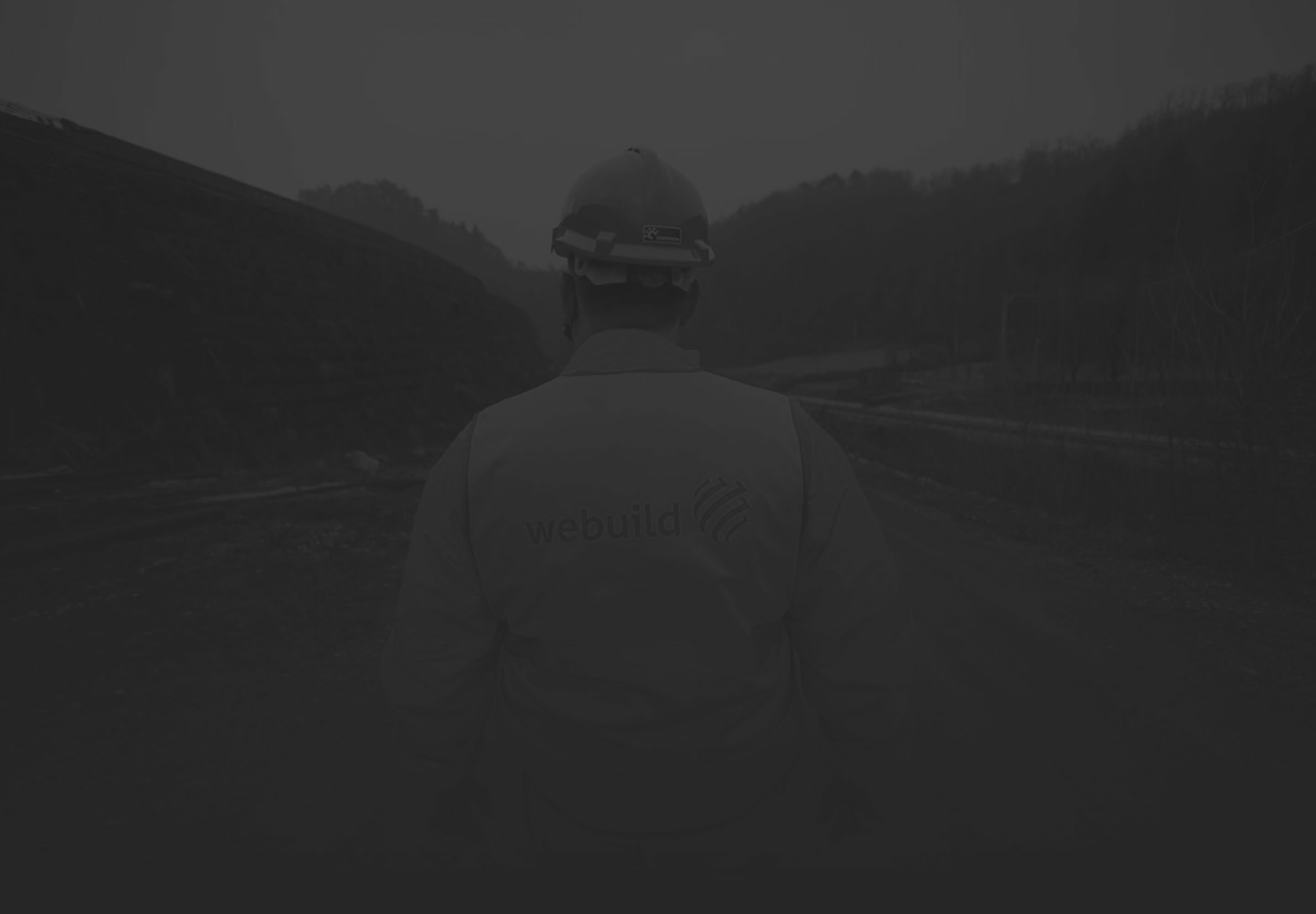
THE WORK AND THE TECHNIQUE
M LENGTH
M HEIGHT
M3 VOLUME OF CONCRETE
M3 RESERVOIR CAPACITY
M3 EXCAVATION VOLUME
Water Consortium for the Provinces of Forlì and Ravenna
Consortium between the companies Cogefar, CMC and Lodigiani, now part of the Webuild Group
he Ridracoli Dam, is one of the largest and most crucial dams in Emilia-Romagna and northern Italy. The arch-gravity dam consists of a double-curvature structure with a section thickness of 36m at the base, tapering to just 6m at the crest, which is the peak of the structure.
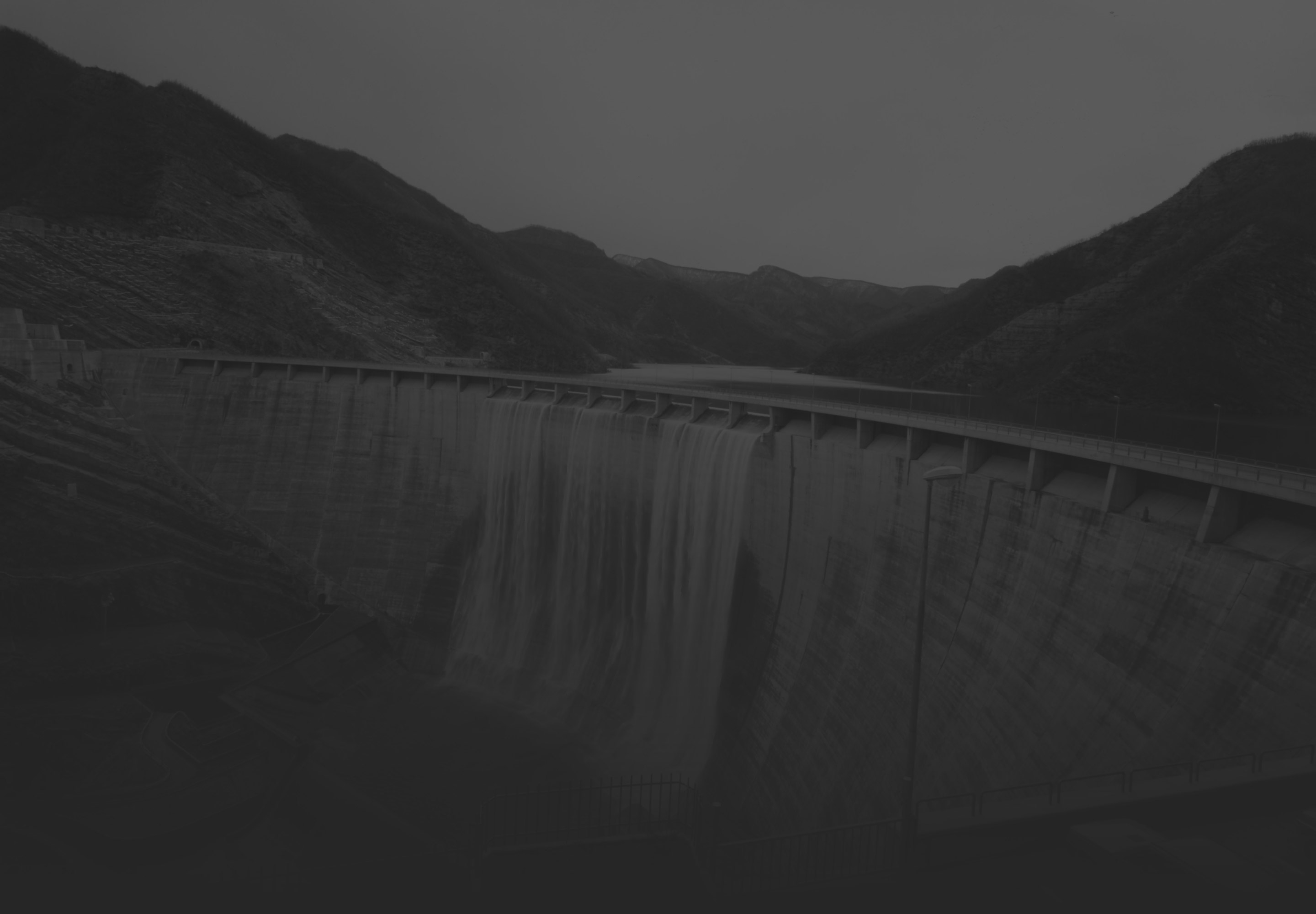
CULTURAL INSIGHTS
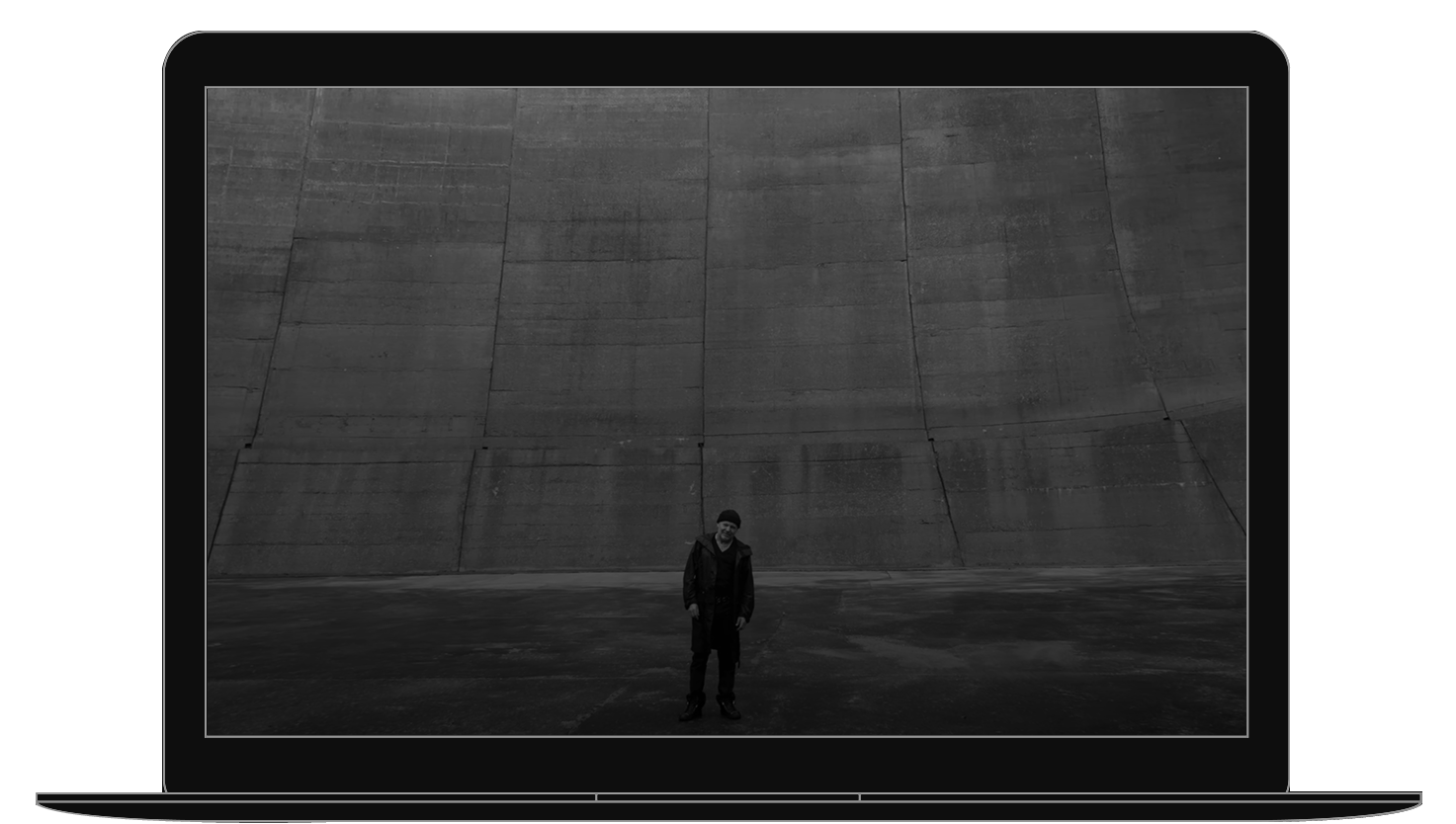
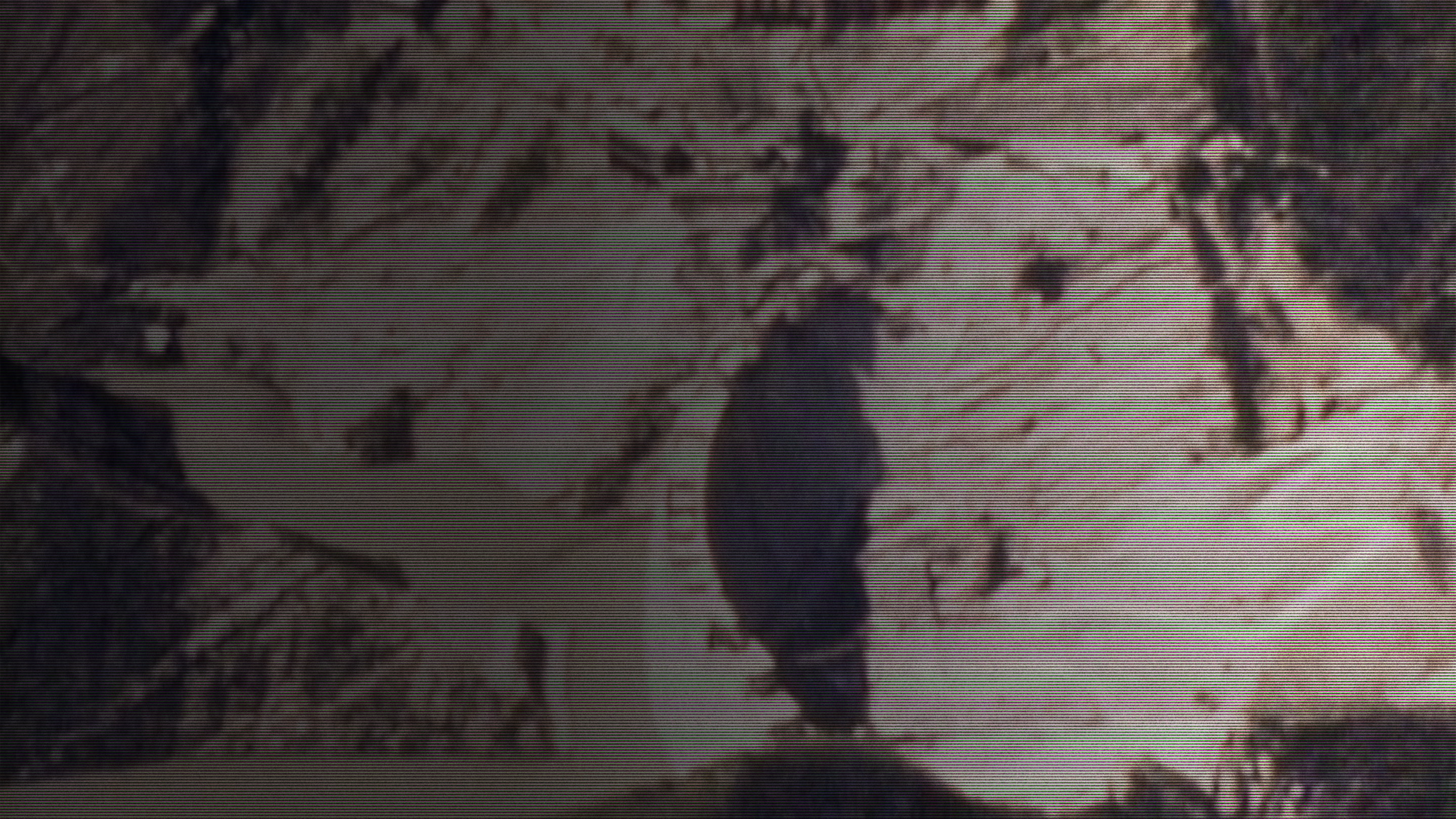
A dam for Romagna,
by Ugo Alberico (1982)
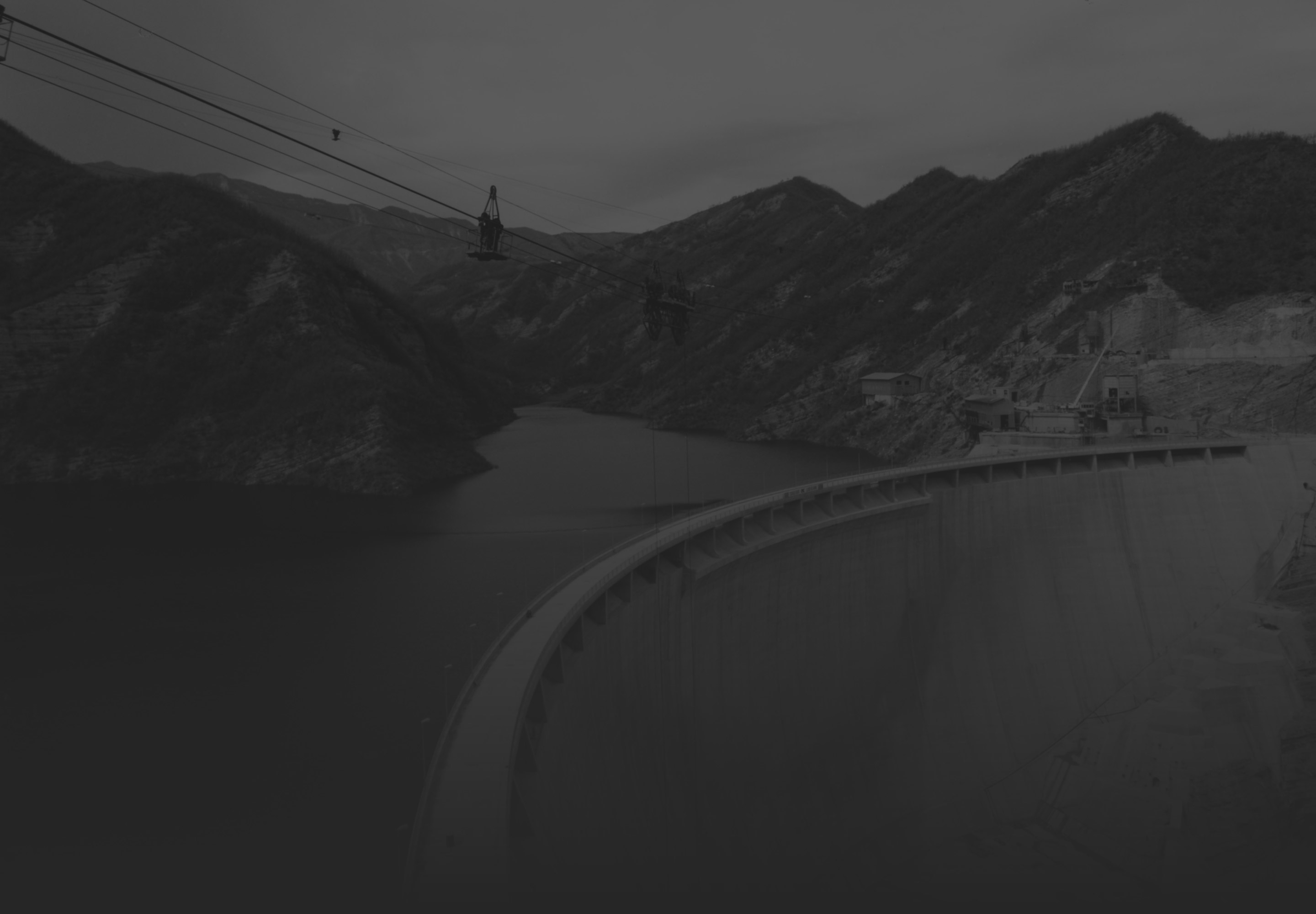
Emilia-Romagna believes (in renewable energy)
Operating in conjunction with other sources in the area, Ridracoli Dam is capable of satisfying the water consumption needs of the three provinces of Forlì-Cesena, Ravenna and Rimini, which total 3,727.51 litres a second - a figure which does not even take into account the dramatic variations in the region, as the number of users doubles in the summer months.
The water from the dam also feeds multiple hydroelectric power plants and stations, with an energy output of 40.22 GWh.
The provinces served by Ridracoli Dam collectively account for 25% of the region’s total energy consumption. The main driver of consumption in the first two is the manufacturing industry, whilst for Rimini, it is the services sector.
In total, Emilia-Romagna’s hydroelectric power plants produce an average of 1,414.5 GWh annually, making it the third largest source at the regional level, after thermoelectric plants (which largely run on fossil fuels) and photovoltaic plants.
The gross electrical power from renewable energy sources (RES) in Emilia-Romagna reached, as of March 31, 2025, the highest installed capacity of approximately 4,730 MW, representing 40% of the total installed capacity in the region. This figure has grown by 12% compared to 2023 and by 45% over the past three years. Photovoltaics alone account for 77% of the installed RES capacity (3,587 MW, +18% compared to 2023). The other sources remain stable: wind power (45 MW, 1%), hydroelectric (410 MW, 9%), and biomass (587 MW, 13%).





